Bucurestii Noi
In Bucharest of course, when we think of grandiose building projects we think first and foremost of the Centru Civic: the vast area around Piata Unirii and the Casa Poporului, built in the late 1980s on the site of the former Uranus and Jewish districts of the city. (It is worth noting that Nowa Huta - both the housing estate and the steelworks that provided employment for most of its residents - was built outside of Krakow city centre, on a greenfield site).
Yet long before central Bucharest was destroyed to make way for the Centru Civic, the city had already undergone something of a proletarian transformation of its own: from the mid-1960s onwards the authorities had been busy building enormous housing estates (Militari, Titan, Drumul Taberei) for the hundreds of thousands of workers brought in to work at the capital’s industrial complexes. In the main, those developments comprised mainly of high-rise blocks built with little regard for aeshetics, although Drumul Taberei especially was viewed as something of a model garden suburb by the authorities at the time. Currently a vast building site while an extension to the Bucharest metro is constructed, Drumul Taberei is set for a revival once the work is complete.
Yet the closest Bucharest got to having a Nowa Huta of its own was in fact the area known as Bucurestii Noi (which literally translates as New Bucharest), an area of the capital which - for those of you who want to see more of Bucharest than your average tourist - might be worth a look.
We first became aware of the area ourselves after finding a socio-economic guide to Bucharest from 1983 in an old pile of books we had hanging around the office. While the guide makes little mention of the area, it did say that it was the first major housing project built in Bucharest after the ‘liberation’ (as the book puts it), and was constructed from 1953-56. That little piece of information alone was enough to perk our interest, so off we went to take a look.
First off, getting to Bucurestii Noi requires a ride on the most modern part of the Bucharest metro: the stations at Jiului and Parc Bazilescu were opened only in 2011; as such they are still rather shiny and new.
The centre of Bucurestii Noi is opposite the exit of Parc Bazilescu station: a square with a small playground in front of the neoclassical Masca Theatre. The theatre - currently not in use - was before 1989 a cultural centre, dedicated to ‘Friendship Amongst Peoples.’ The Masca Theatre Company itself now operates from another theatre, in Militari. The theatre is flanked on either side by two monumental apartment blocks, both built in the same neoclassical style as the theatre. While the majority of the apartments inside are modest (some were built with communal kitchens: a theme of construction in Romania at the time), the exteriors - with high windows and Corinthian columns - are far more elegant that the utilitarian blocks on the other side of the road (built a decade or so later). It is also worth noting that the recently renovated blocks of Bucurestii Noi have weathered noticeably better than those on ghastly Bulevardul Unirii.
Just north of the metro station is Parc Bazilescu itself, named for the Bazilescu family which for centuries owned much of the land on which Bucurestii Noi is built. While the park is - like most in Bucharest these days - very well kept, with good playgrounds and flower beds galore - its former centrepiece, the Teatru de Vara (open air theatre) is - facade aside - alas little more than a ruin. Another neoclassical masterpiece built in the early 1950s, it would appear at first glance to be beyond repair.
Opposite the park, and somewhat hidden amongst the trees, it’s well worth going to take a look at the red and white Bazilescu Church (Biserica Bazilescu): one of the most remarkable in Bucharest. The church was built in 1898 as a mausoleum for the Bazilescu family, and became a parish church only in 1943. Both the structure and the original frescoes (painted in 1900 by a Danish artist, Aage Exner) were severely damaged in the earthquake of 1977: work was carried out to consolidate the building in 1979, but the paintings were not fully restored until 2000. Next to the church is a rather charming chapel of rest, completed in 1993. You should also look out for the elegant mosaic featuring Sts. Nicholas and Catherine.


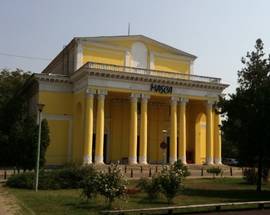
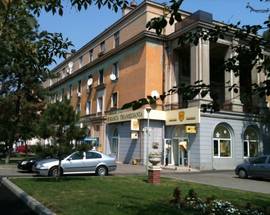
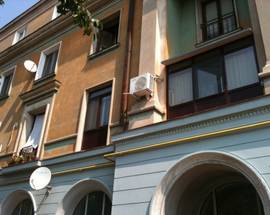
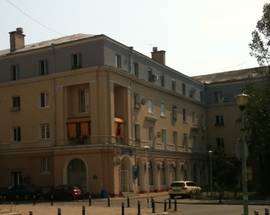
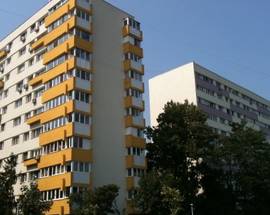
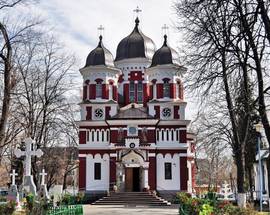
Comments